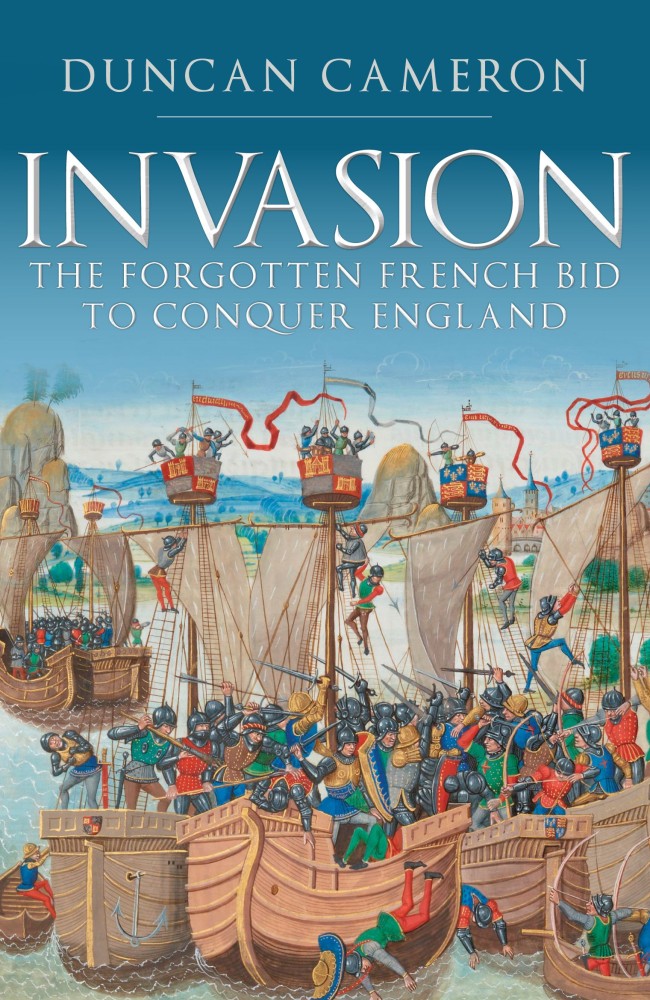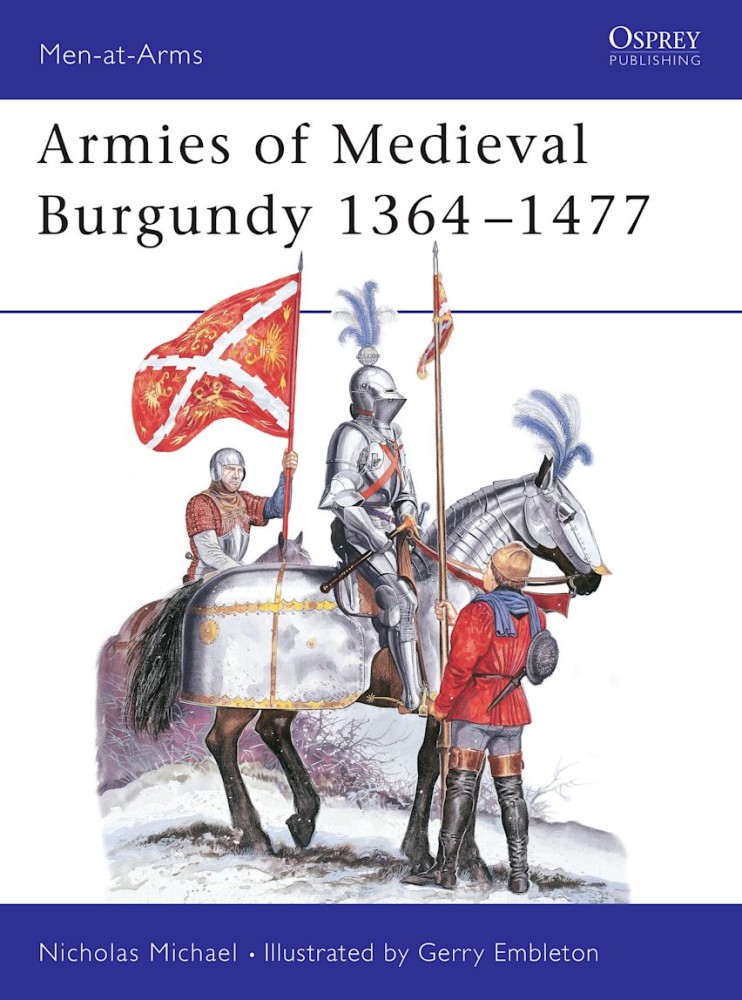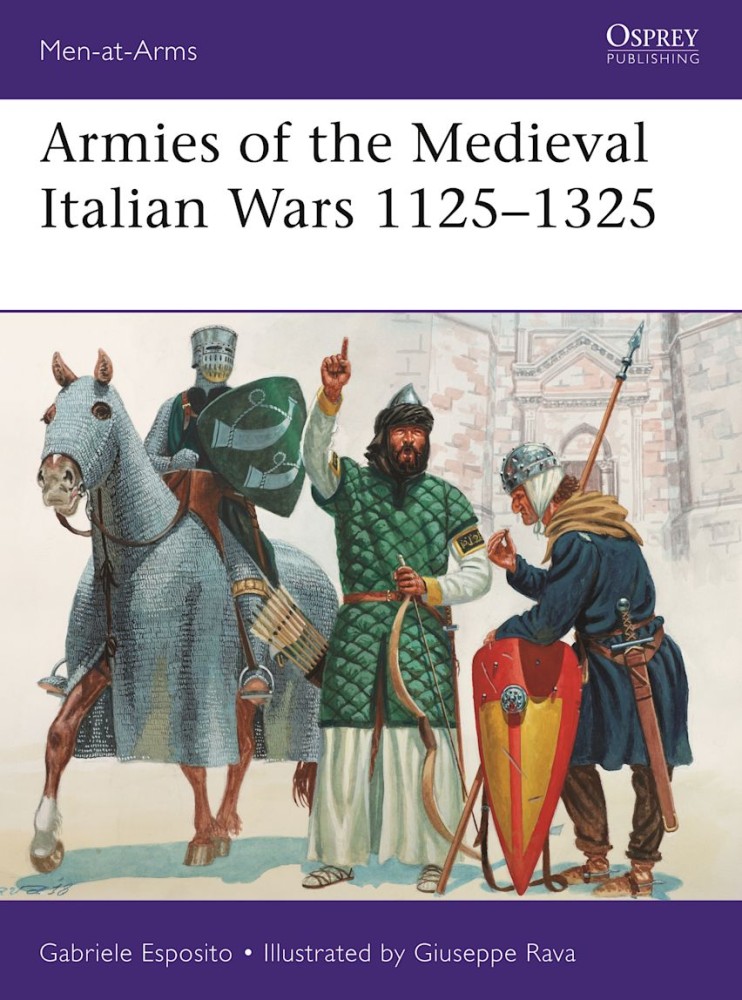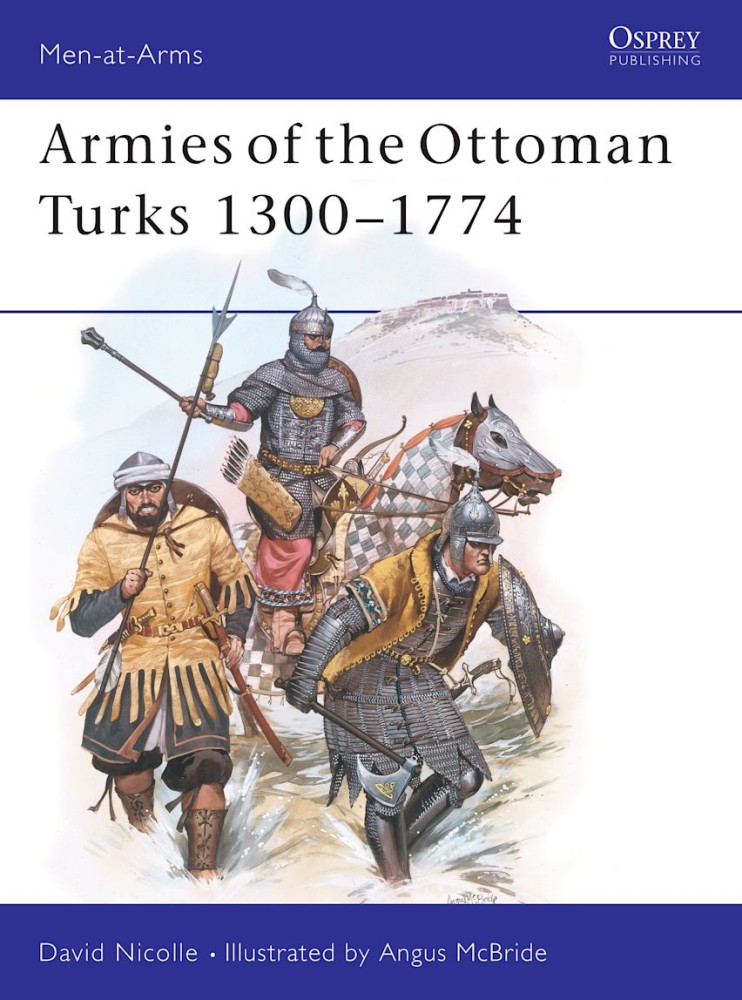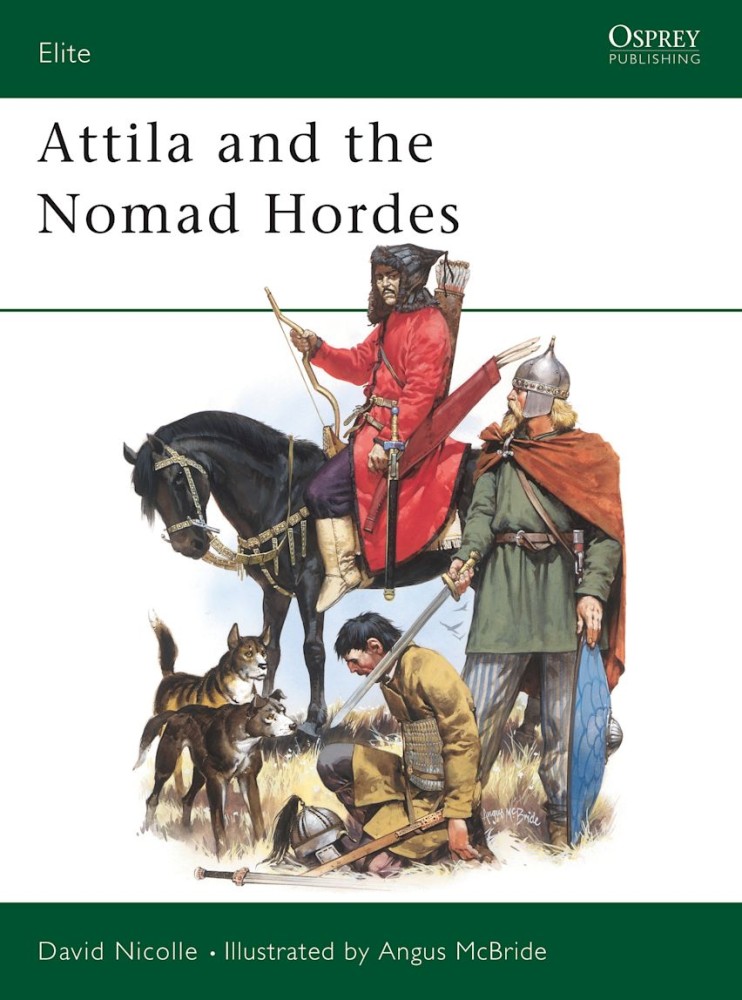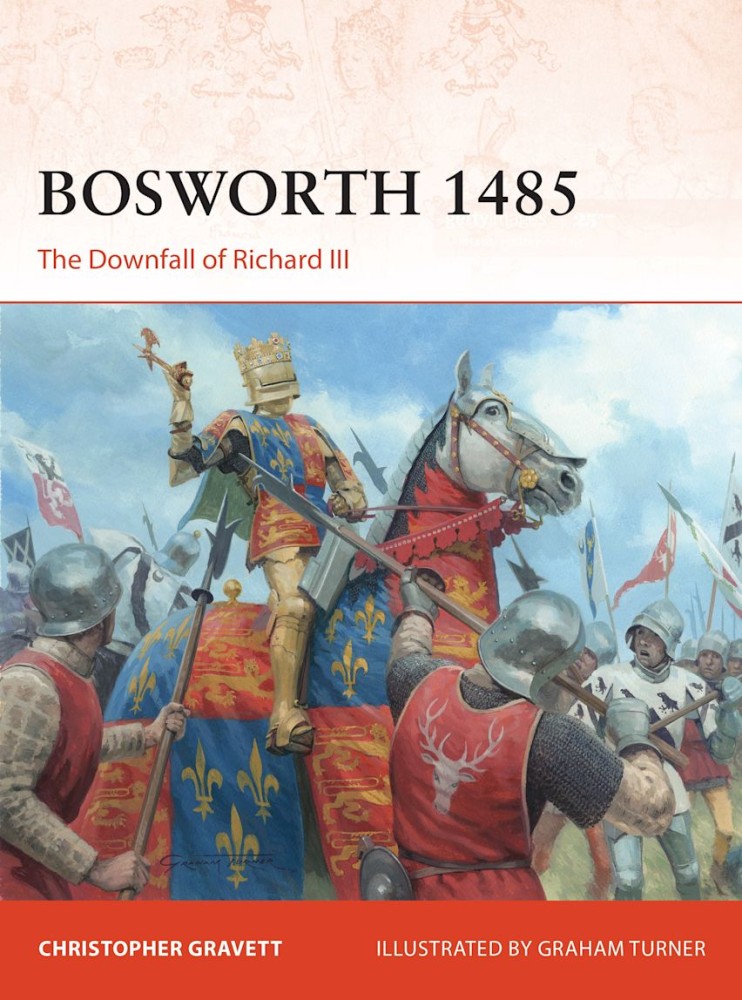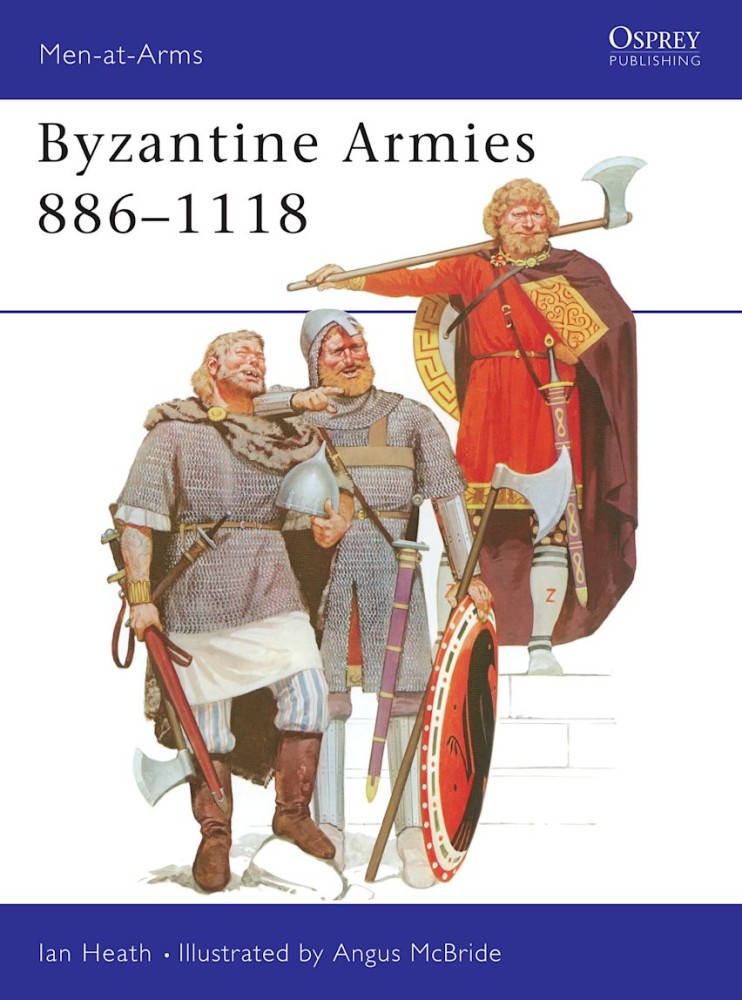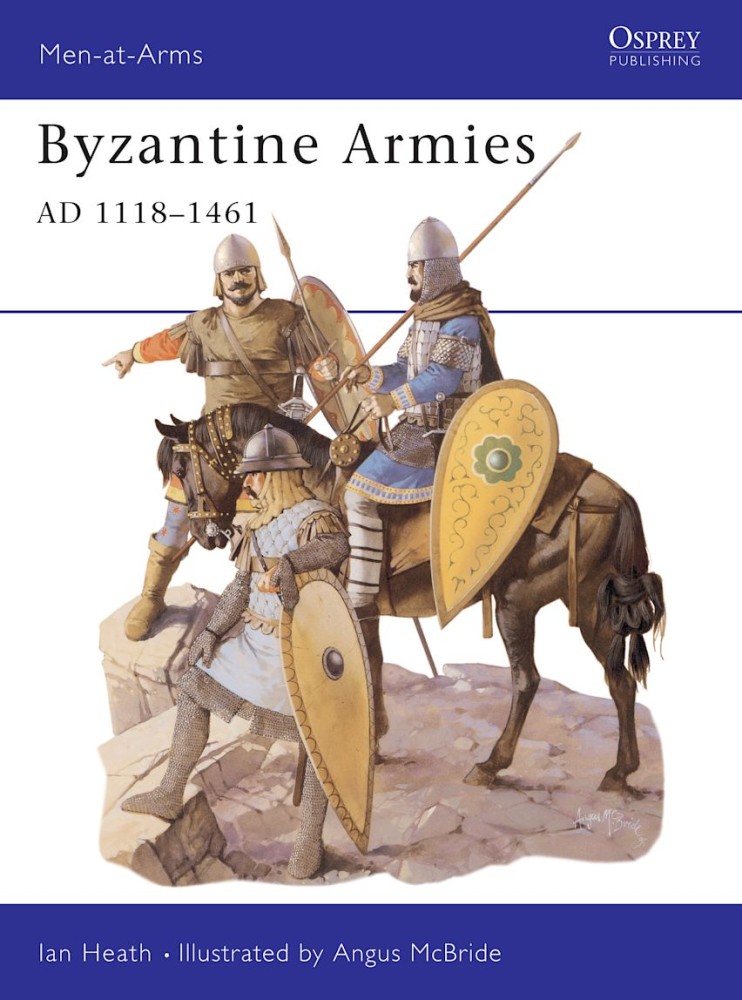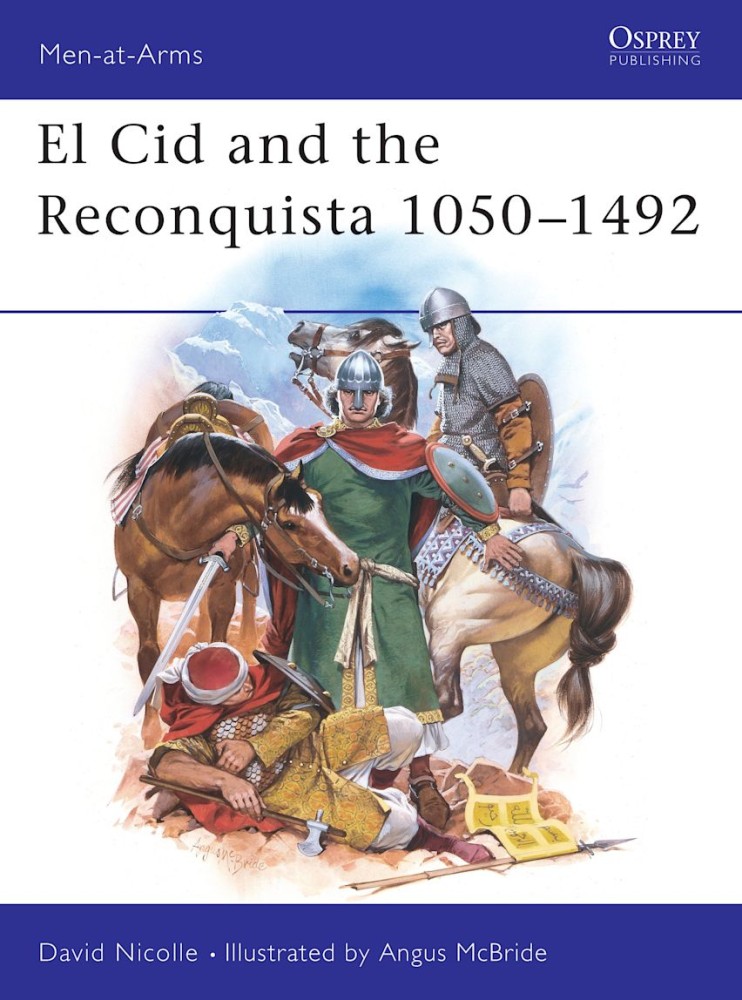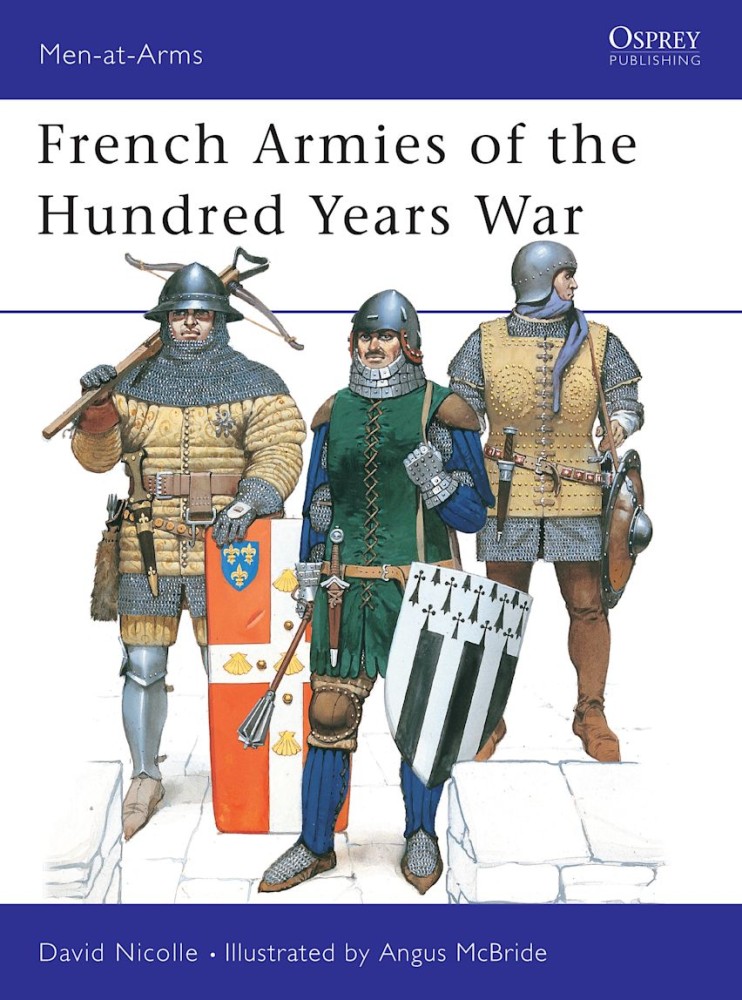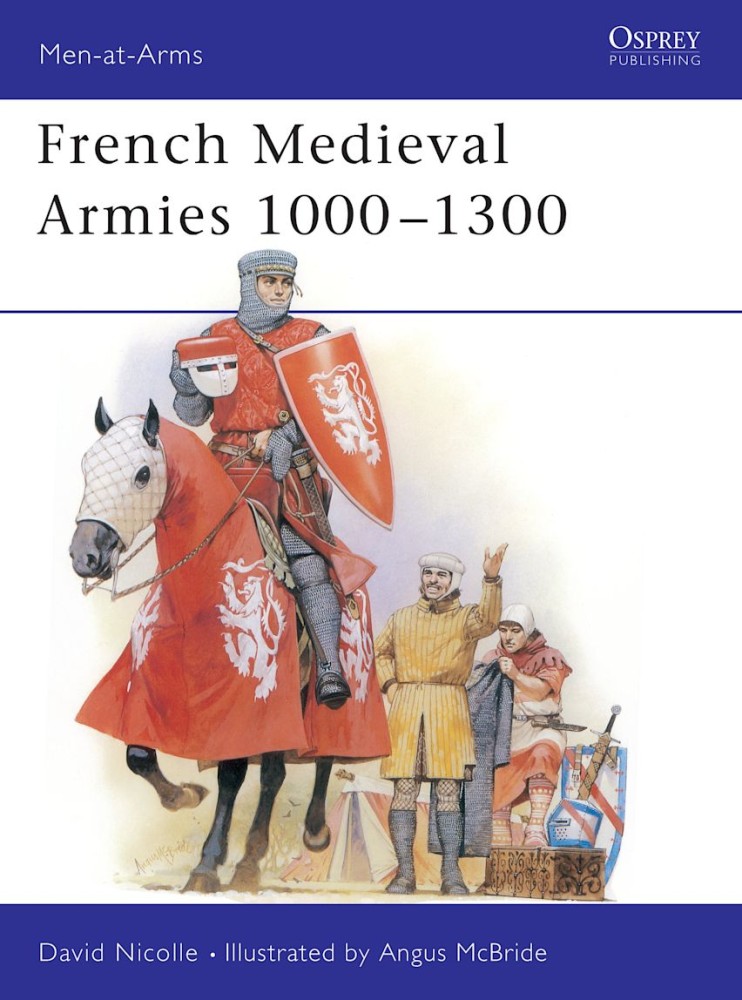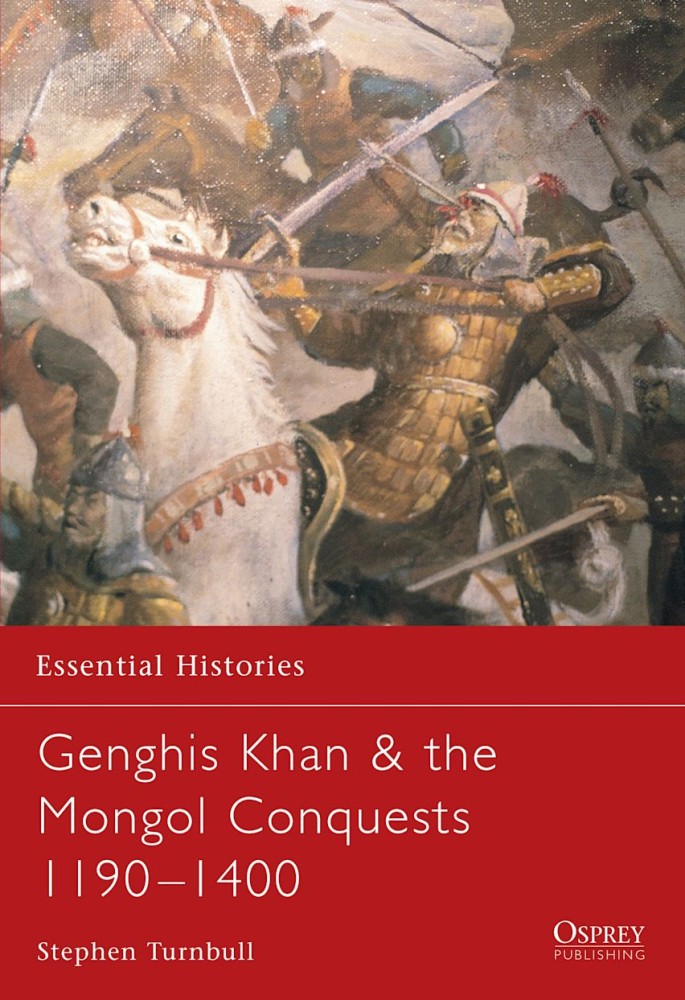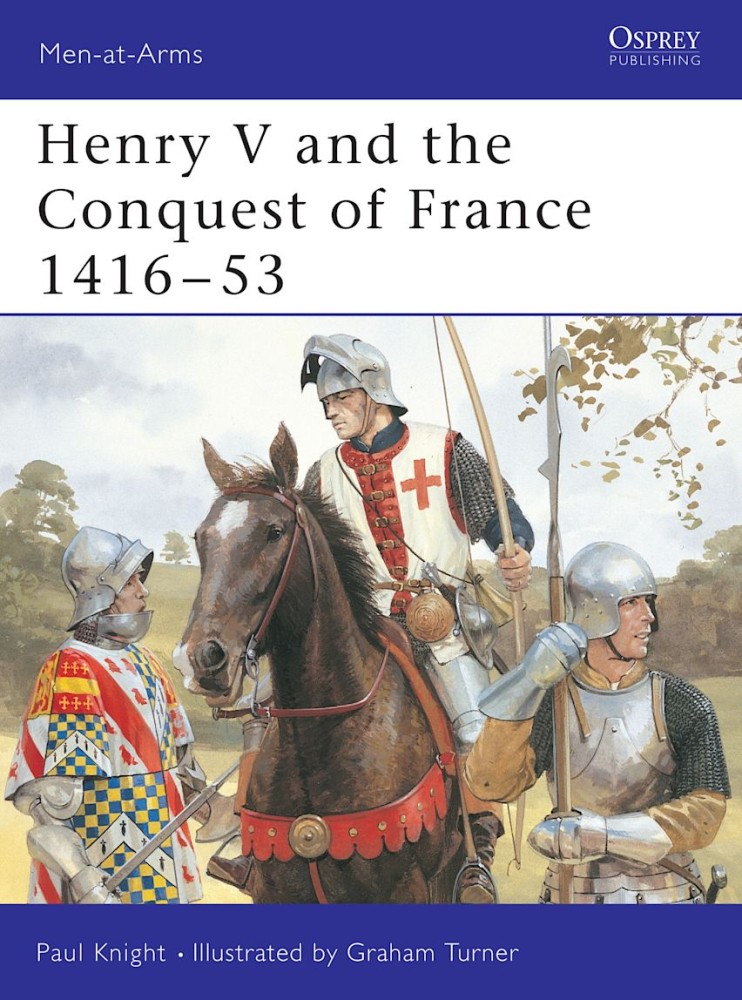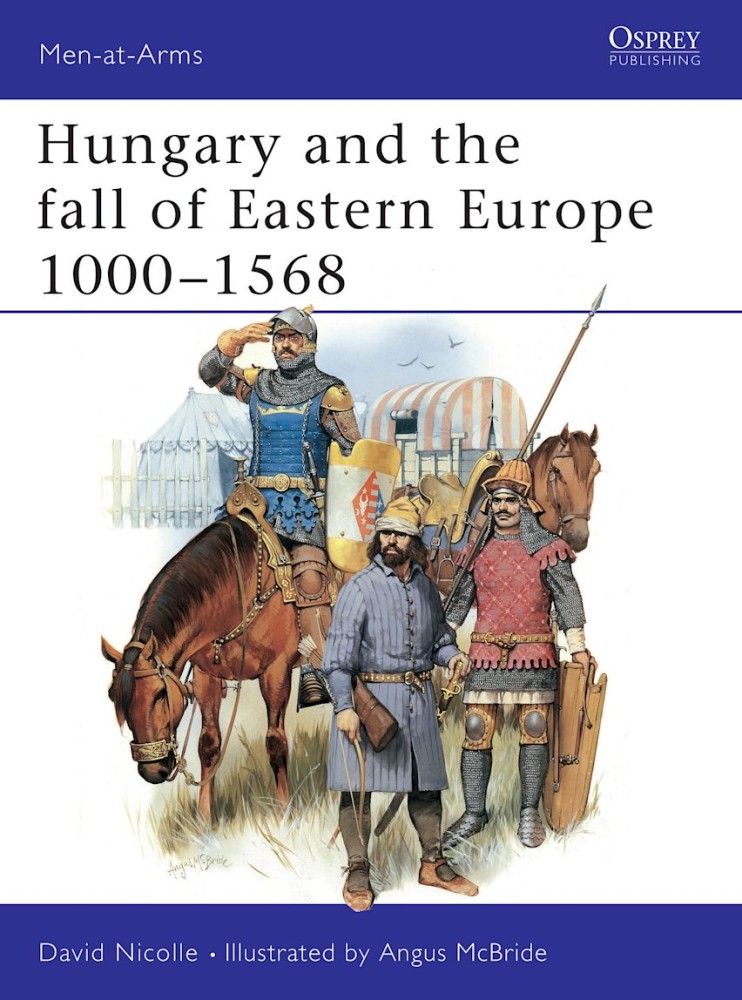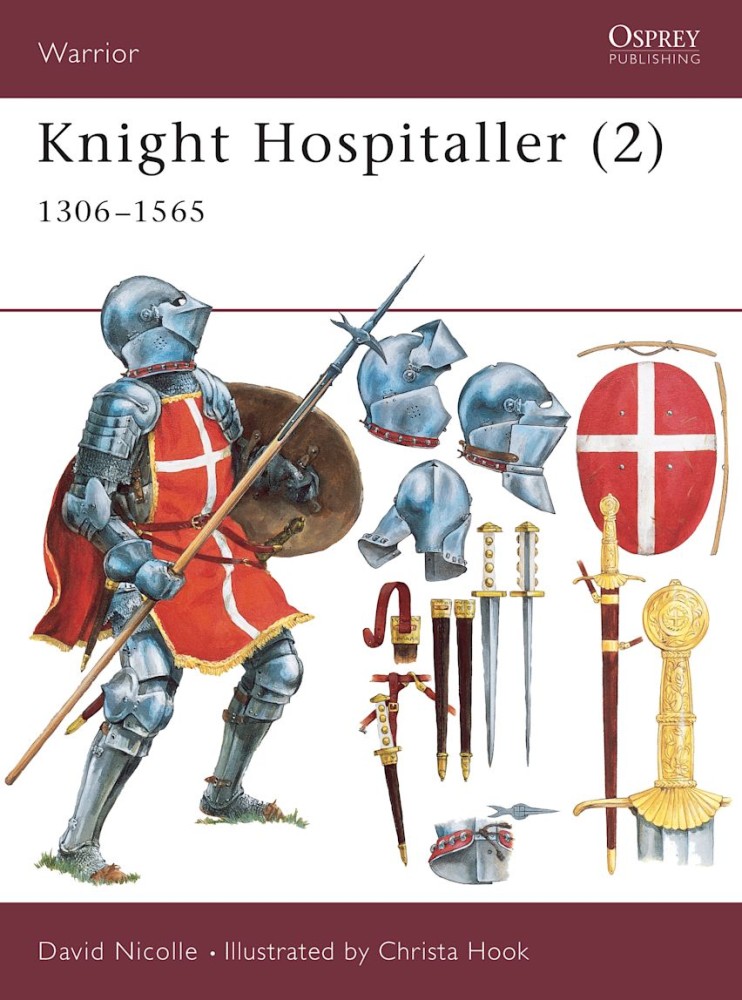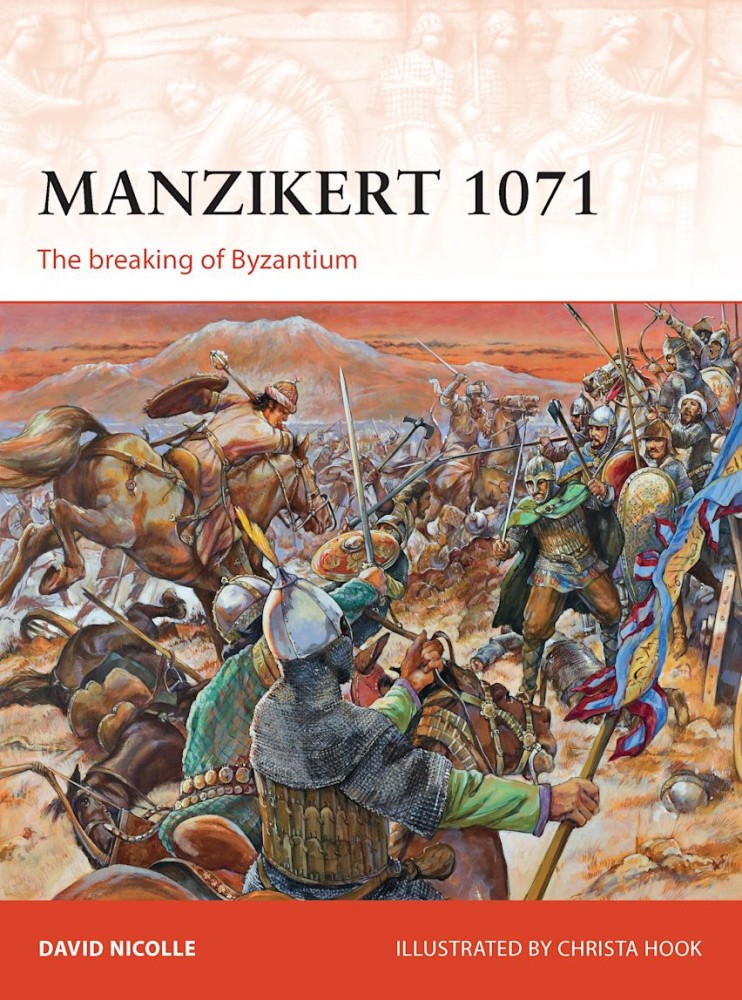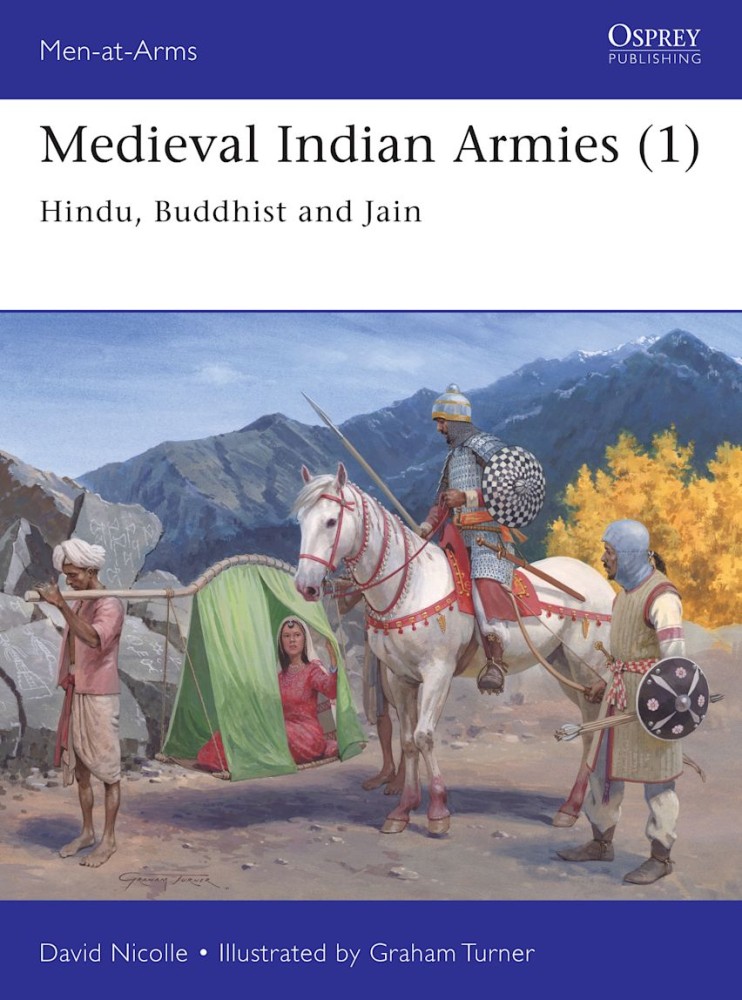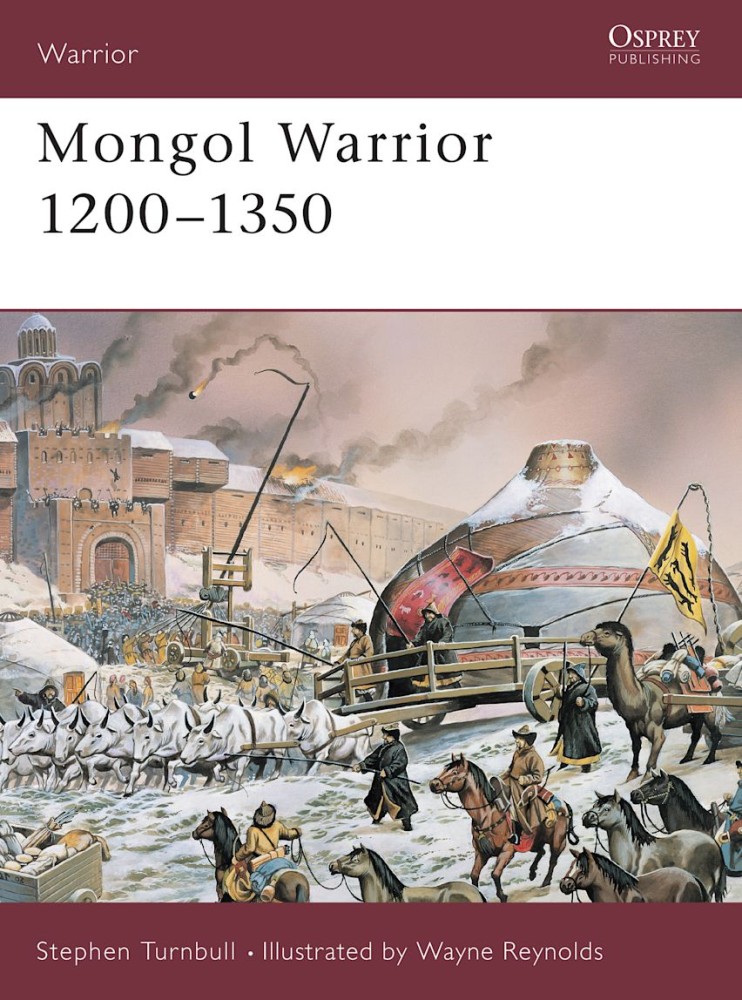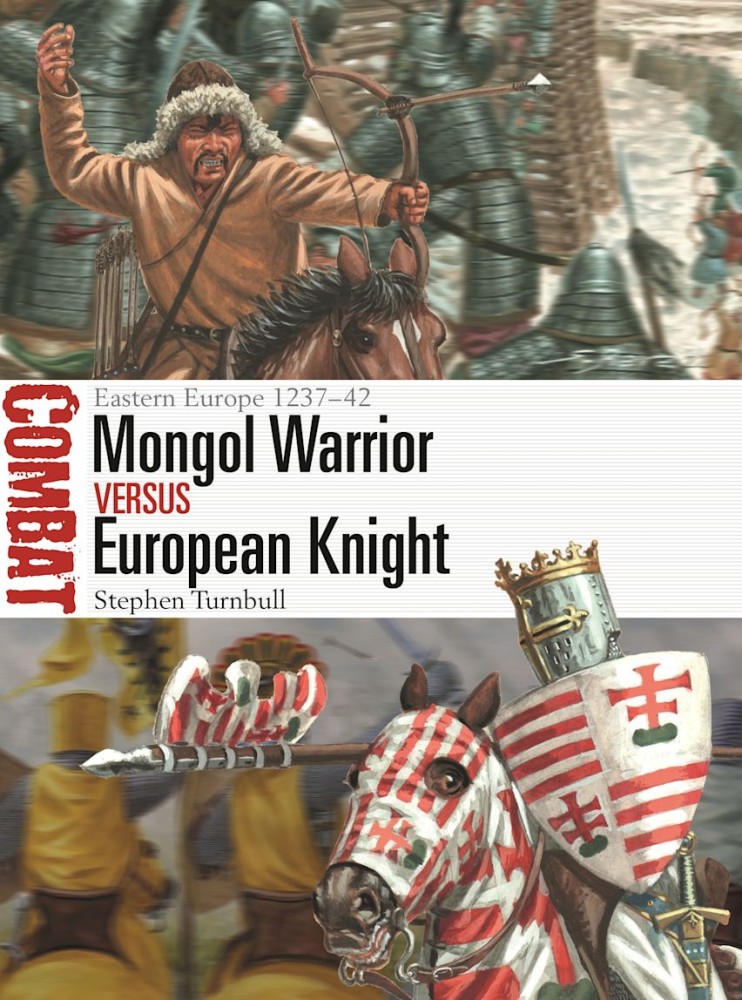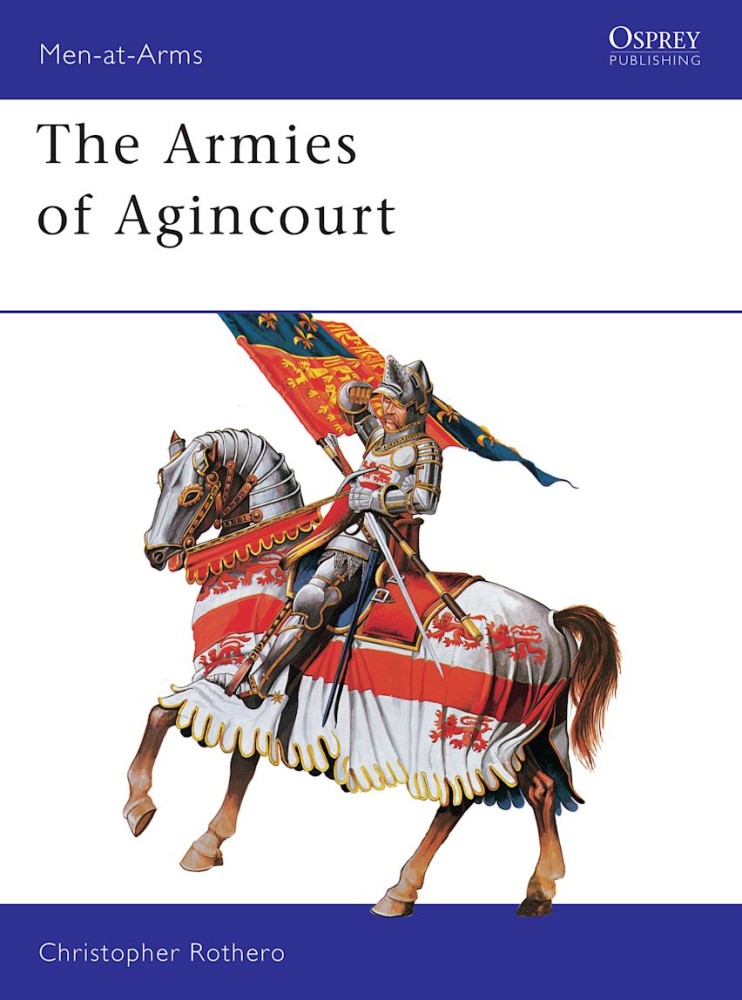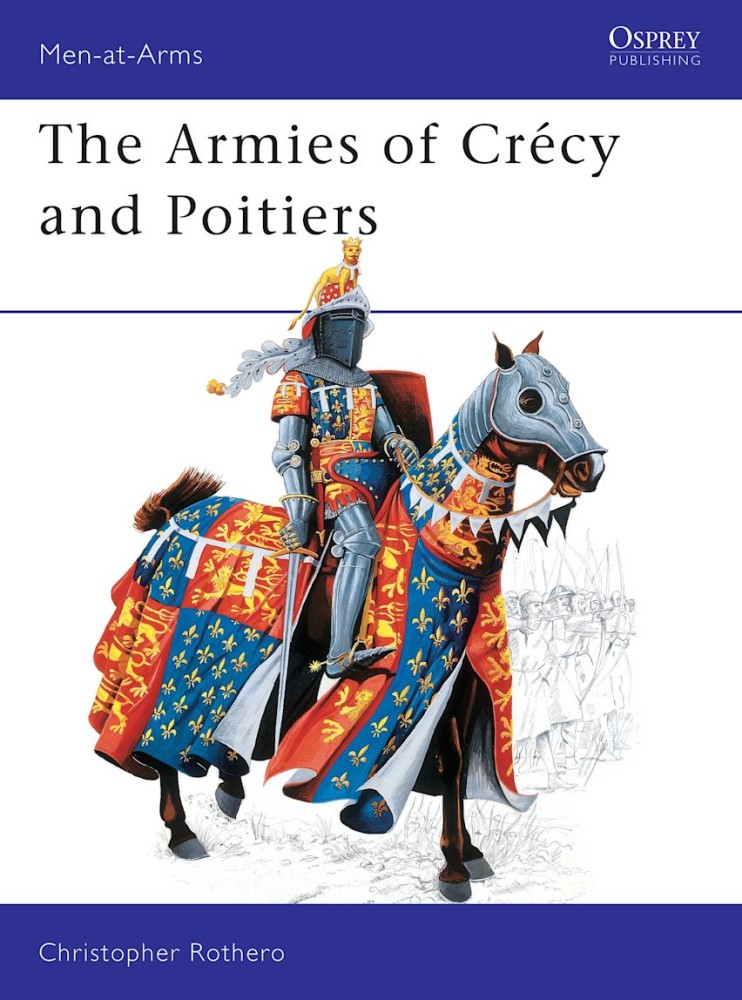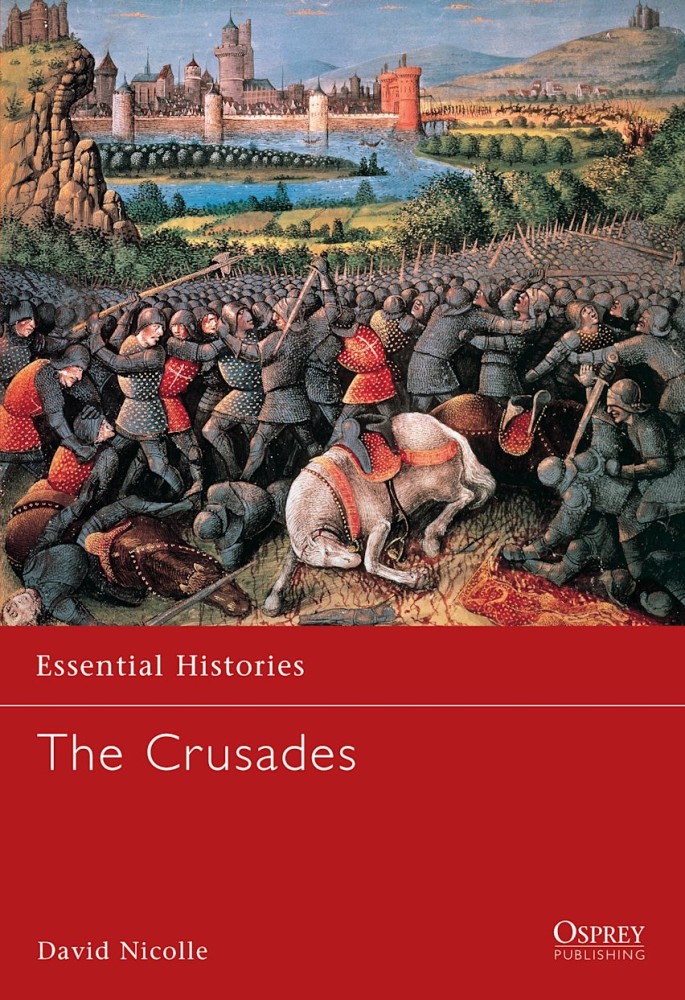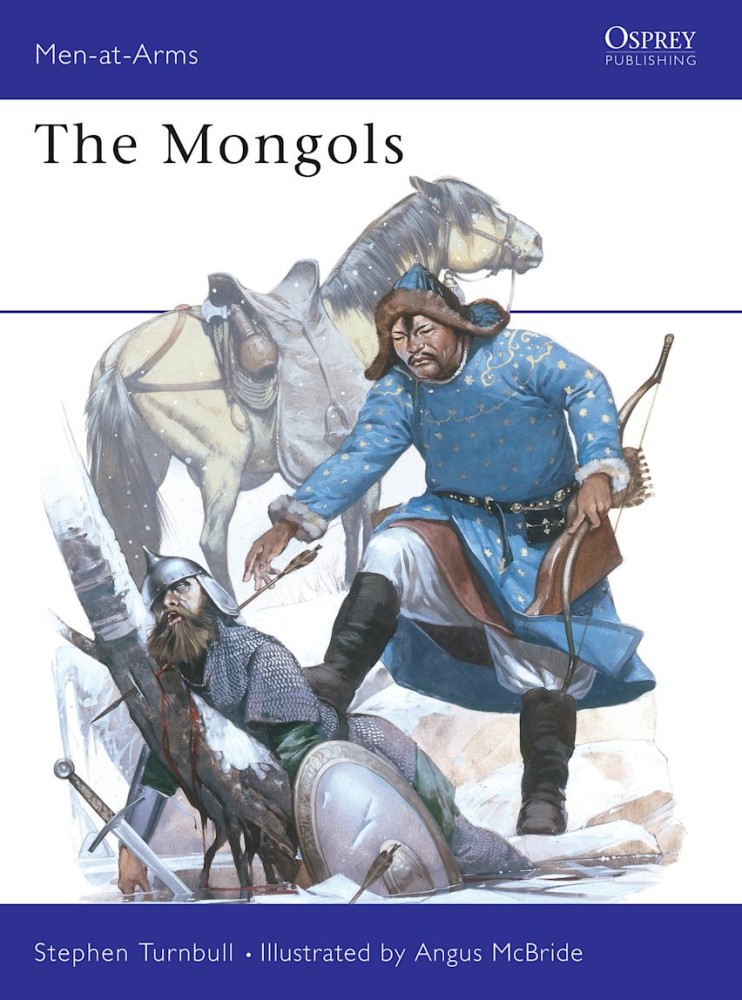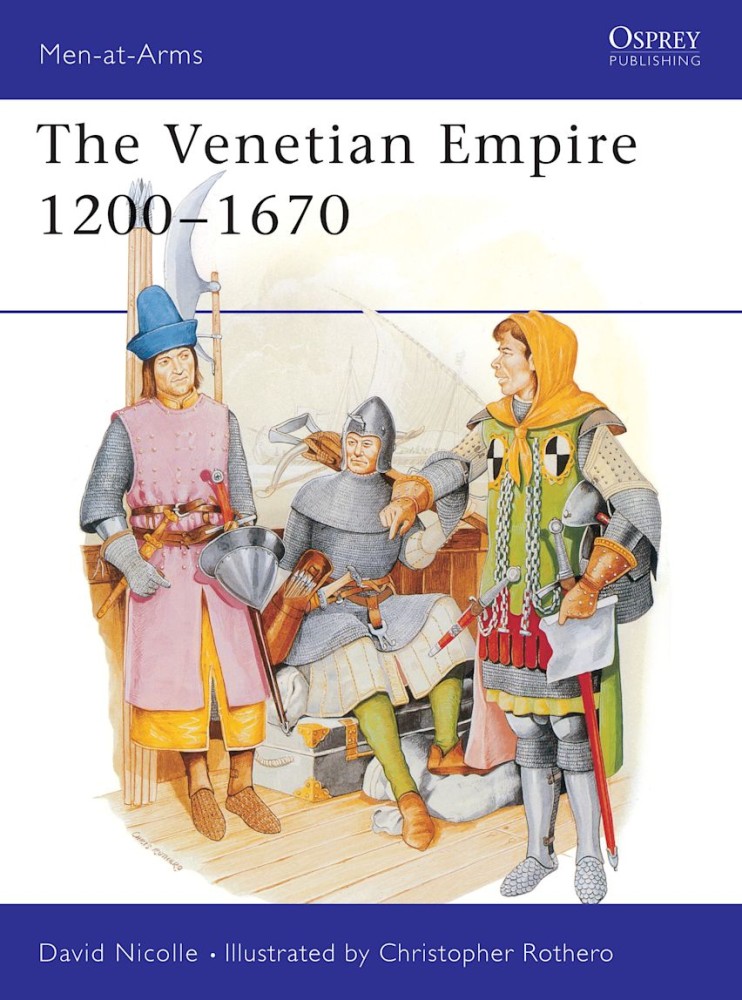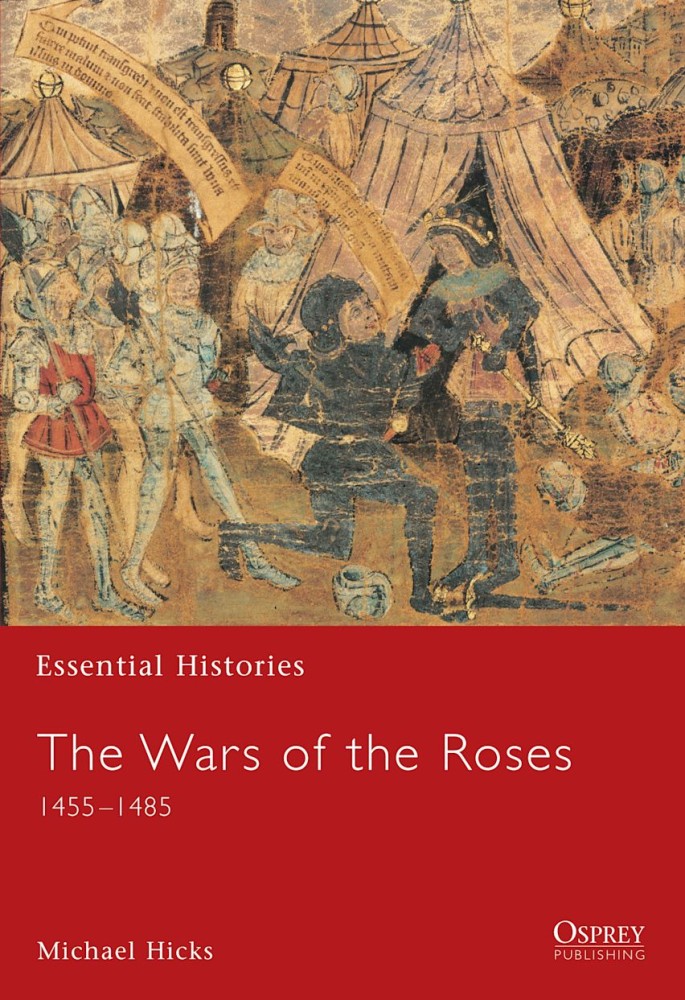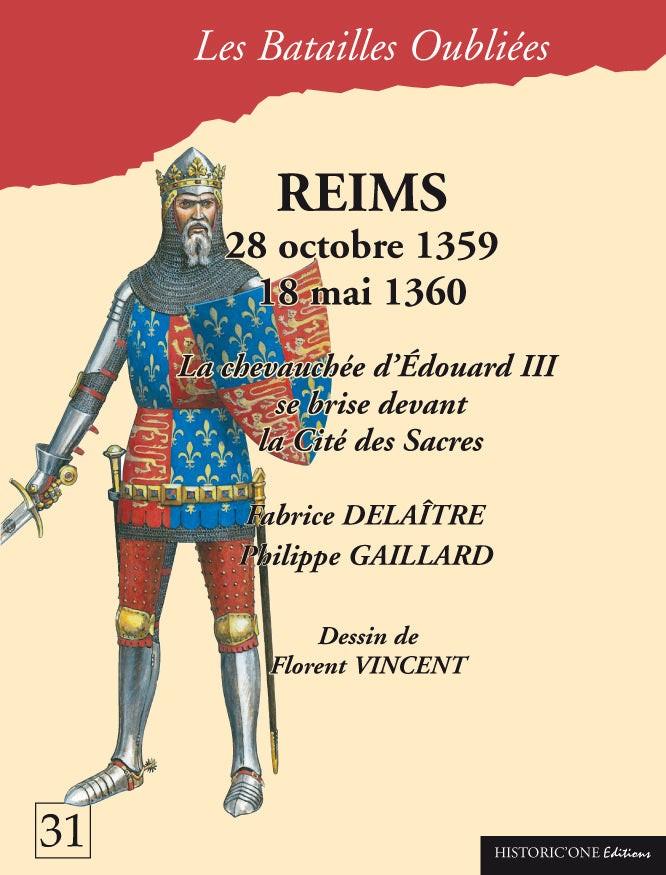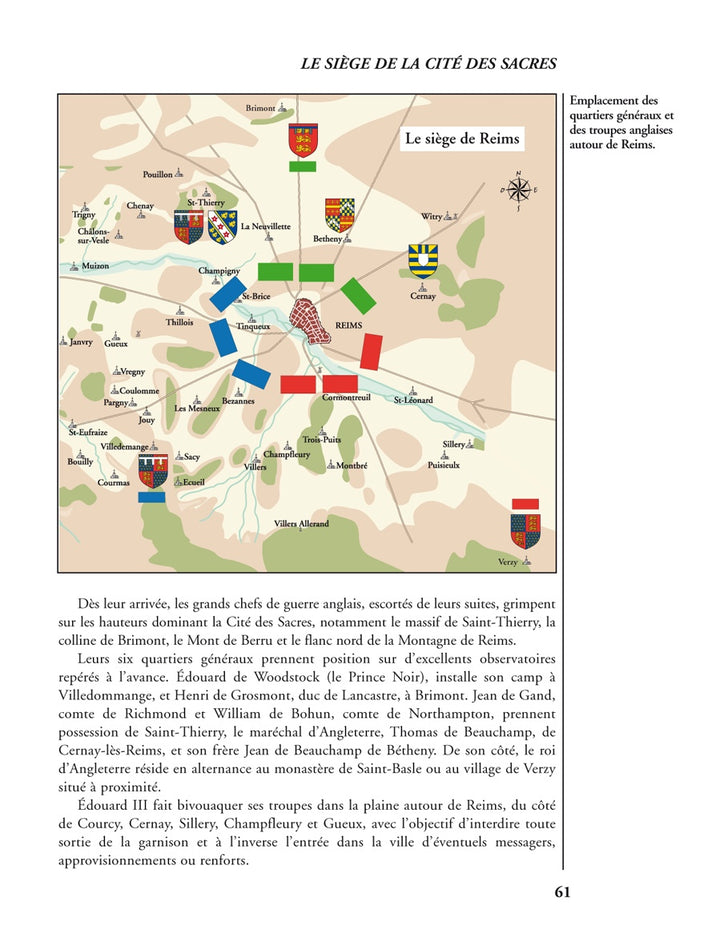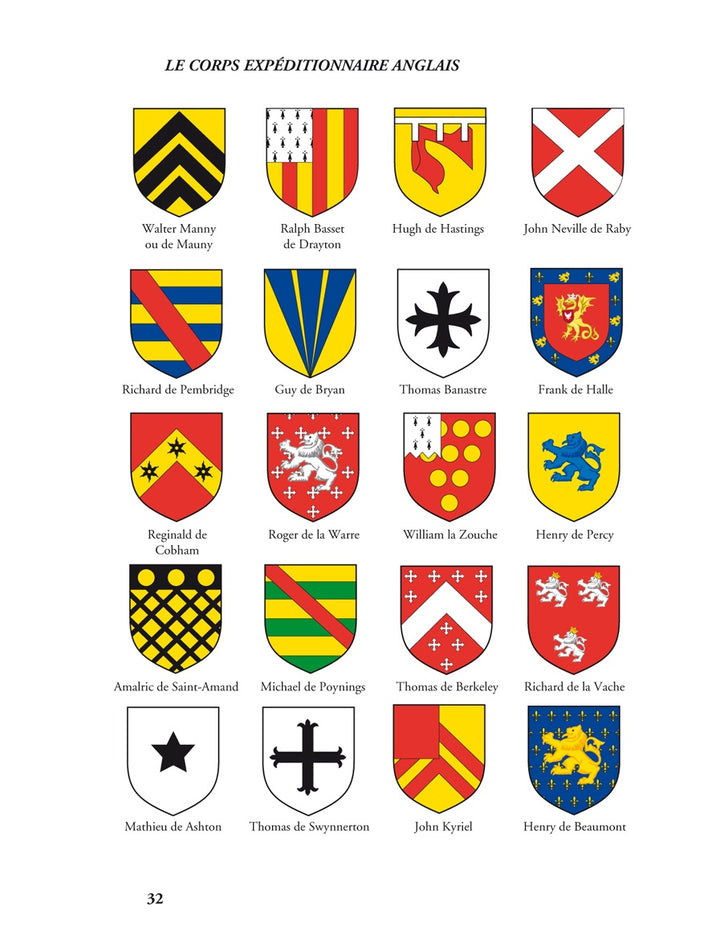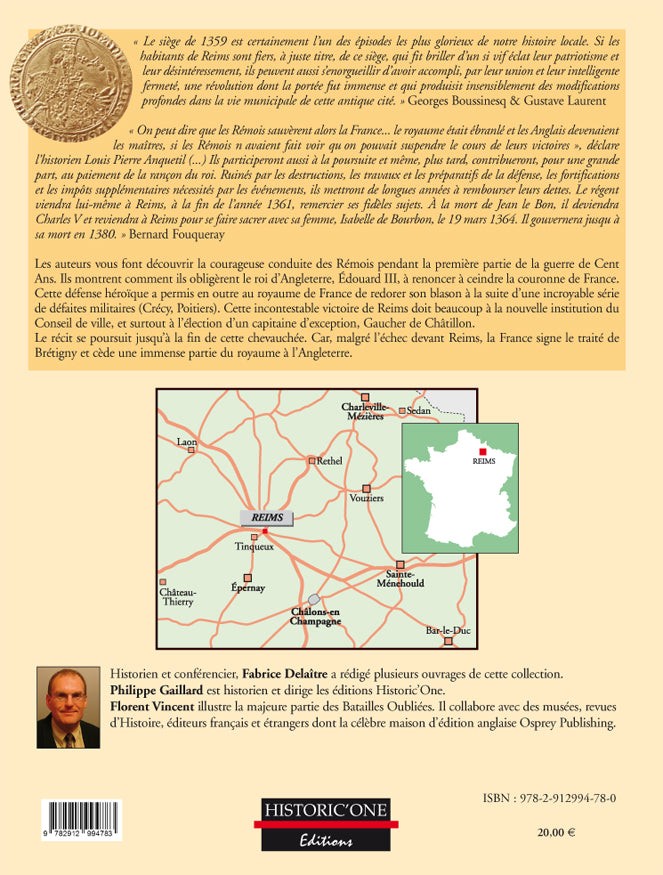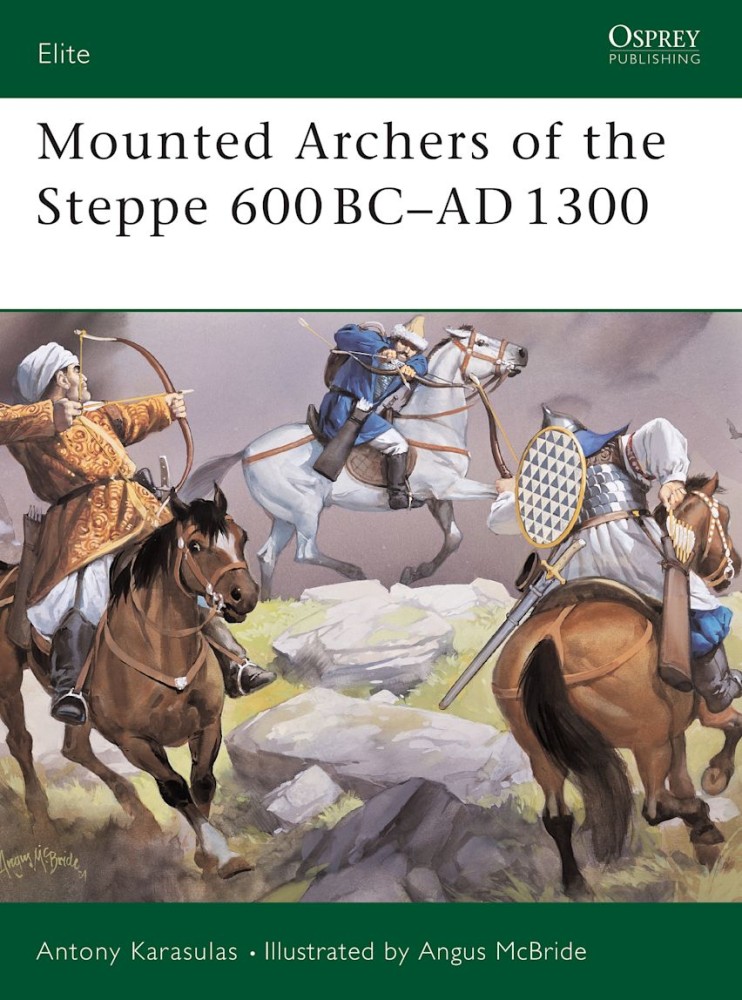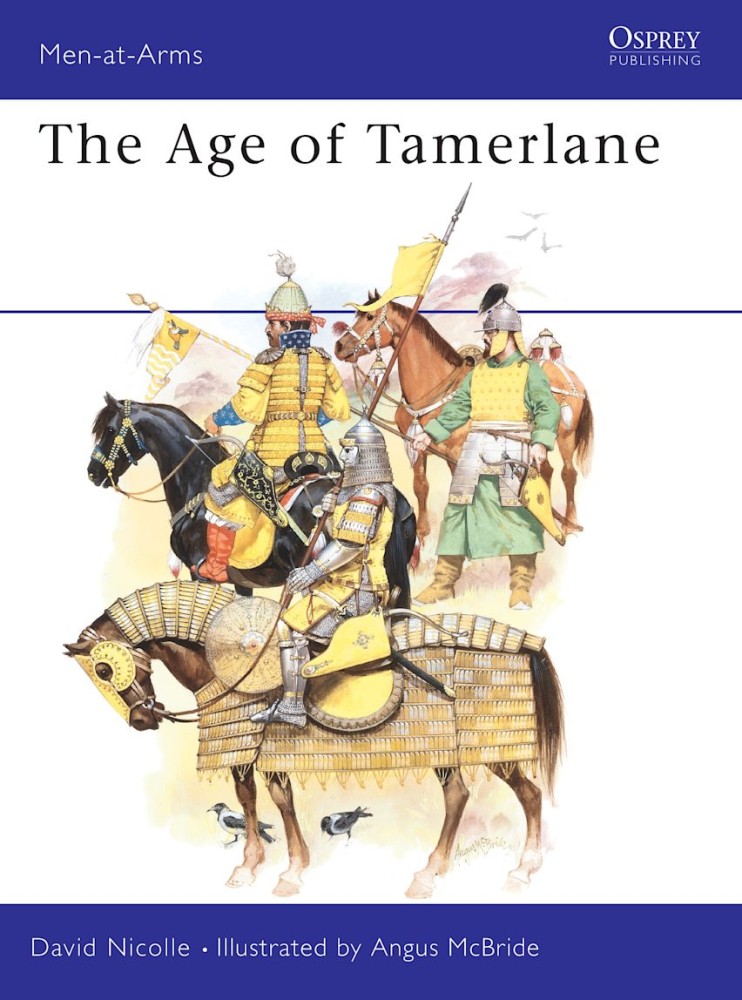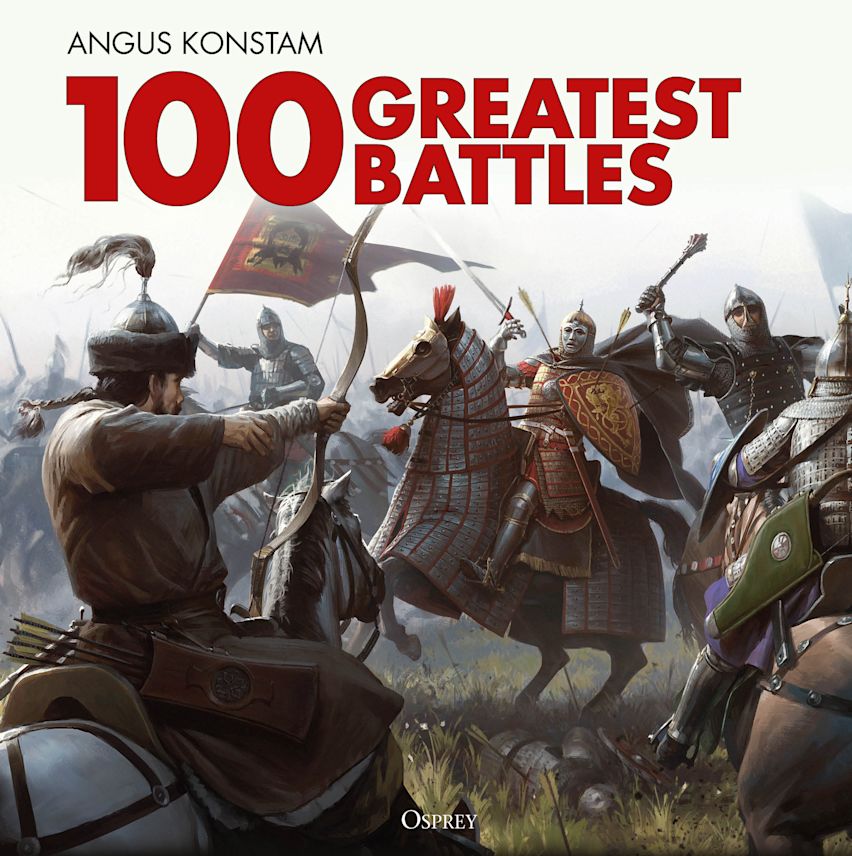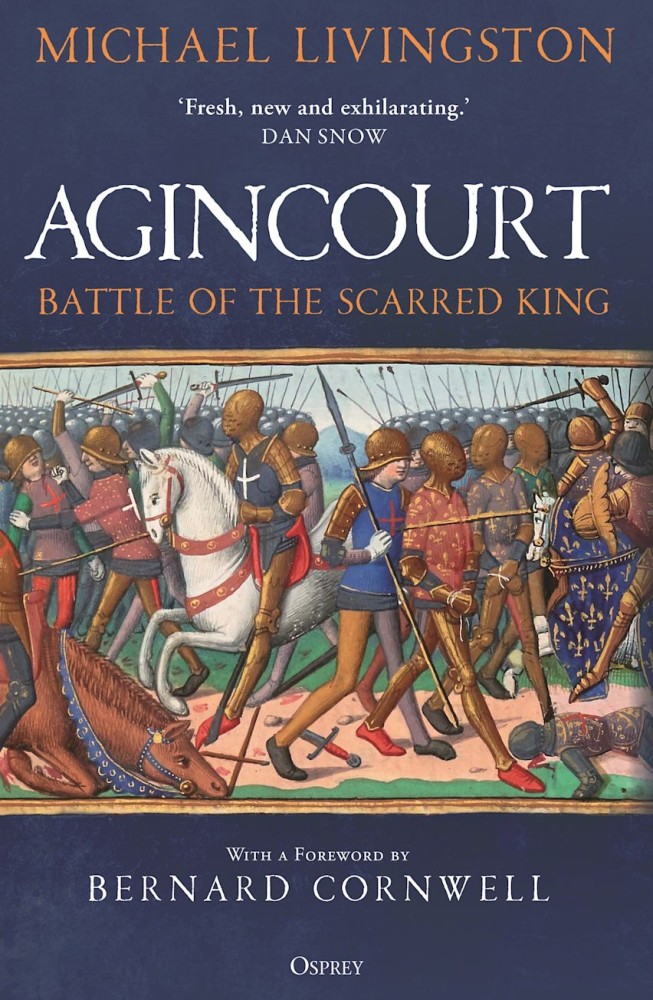Medieval History 1066-1485
New in paperback - This is the untold story of the Second French invasion of England - 300 years after Hastings - an episode that time forgot.
King John the Good of France was captured by the English at the battle of Poitiers in 1356; his 14-year-old son Philip fought valiantly by his side until the bitter end, and as soon as he was in a position to do so, King John rewarded his son's courage and devotion by designating him Duke of Burgundy, a title that by chance had just become extinct. Philip was the first of the Valois Dukes of Burgundy and this fascinating text by Nicholas Michael examines the functioning and organisation of the Burgundian armies from the beginning of his reign until the time of the last of the Valois Dukes; Charles the Bold.
The great powers of medieval Europe fought continuously in the Italian peninsula between the 12th and 14th centuries as they sought to expand their territory. Invading armies from Germany – the Holy Roman Empire – saw the creation of the defensive Lombard League of northern Italian city-states. These struggles resulted in conflicts between rival confederacies, which in turn proved to be the catalysts for developments in organisation and tactics. Italian urban militias became better organised and equipped, the Imperial armies went from being mostly German to multi-national forces, and both sides became reliant on mercenary forces to prosecute their wars.
The birth of the Ottoman state is shrouded in legend. Whatever the truth of its origins, the Ottoman's formed an Empire which almost succeeded in bringing Christian Europe to its knees. During the last decades of the 13th century, the ambitious Osman Bey's tiny mountain state took eight frontier castles plus the Turkish town of Eskisehir. In 1299 Osman seized Yenisehir after working up the Kara Su valley. With this as its first real capital, the Ottoman state emerged into history poised above the fertile shores of the Sea of Marmara.
Of all the conquerors who swept out of Central Asia, two names stand out in European memory – Attila the Hun and Genghis Khan the Mongol. Both are remembered for massacres and devastation; yet whereas Genghis is also famous for the laws he imposed on half of Asia and for the trade which flourished under Mongol rule, Attila's notoriety seems unrelieved by positive achievements. But what was Attila's short-lived empire really like? What happened to the Huns afterwards, and what role did the nomads of Central Asia play in the centuries between Attila and Genghis Khan?
A study of the Battle of Bosworth, the climactic battle of the Wars of the Roses, based on a new interpretation of events following the discovery of the true location of the battlefield.
The Byzantines had a remarkably sophisticated approach to politics and military strategy. Unlike most of their contemporaries, they learnt very early in their history that winning a battle did not necessarily win a war, and they frequently bought off their enemies with treaties and bribes rather than squander men and matériel in potentially fruitless campaigns. The Byzantine army of the 10th and early 11th centuries, at the height of its power and efficiency, was the best-organised, best-trained, best-equipped and highest-paid in the known world. This splendid book by Ian Heath examines the Byzantine Armies from 886-1118, including the lusty, hard-fighting, hard-drinking 'barbarian' Varangian guard.
The Byzantine Empire's disastrous defeat by the Seljuk Turks at Manzikert in 1071 effectively marked the end of what is often described as the 'middle' period of Byzantine history. Thereafter, surrounded on all sides by younger, more vigorous nations, the once all-powerful Empire slipped into a steady decline which, ultimately, was to prove terminal. However, the Empire's demise was anything but peaceful, and, one way or another, for much of the last four centuries of its existence it was to find itself in a state of virtually constant war. This book examines the fascinating history of the Byzantine Empire and its armies from 1118-1461 AD.
The very name El Cid sums up much of the special character of medieval Spanish warfare. It comes from the Arabic al sayyid, master or chieftain, and seems to have been given to Rodrigo de Vivar by his Muslim foes. But was it given in recognition of El Cid's victories against Islam in the 'Reconquista' – or because this Castilian nobleman was as content to serve beside the Muslims as to fight them? The story of the Christian conquest of the Iberian peninsula which gave rise to the legend of El Cid, is here examined by David Nicolle, who outlines the history, tactics, arms and armour of the period.
The fourteenth and fifteenth centuries were a time of great upheaval for medieval France. In 1328 the Capetian line came to an end. This was the trigger for the Hundred Years War as successive English kings attempted to uphold their claim to the French throne. Catastrophic defeats at Crécy and Poitiers shook the French kingdom to its core. A period of respite followed under Bertrand du Guesclin, but an even more devastating assault was to follow, under the warrior-king par excellence Henry V, and the French disintegration continued until 1429. This book details how the French began a recovery, partly triggered by the young visionary Joan of Arc, that would end with them as the major European military power.
By the 11th century the French King had lost control of border regions, while local warfare had grown alarmingly frequent. In fact the energies of the French military élite were now focused on petty internal squabbles and external adventures like the Norman conquest of England. Nevertheless, the population and economy both expanded, although it was not until the 12th century that the crown rebuilt its power-base. Despite its slow start when compared with neighbours like England, the Kingdom of France had, by the 13th century, risen to become the most powerful state in Western Europe. This title describes the organisation, history and tactics of French medieval armies.
The history of the Mongol conquests is a catalogue of superlatives. No army in the world has ever conquered so much territory, and few armies have provoked such terror as the Mongol hordes. So vast was the extent of the Mongol Empire that the samurai of Japan and the Teutonic Knights of Prussia had each fought the same enemy while being unaware of each other's existence. This book provides a concise yet thorough account of the Mongol conquests, including the rise of Genghis Khan and the unification of the tribes with up to date information on campaign logistics, tactics and horse breeding.
This book details the English army that Henry V led back into France in 1417 to conquer Normandy and again take the war to the French. In 1422 Henry died, and was succeeded by the nine-month-old Henry VI: by 1429 English fortunes were in decline, but more than 20 years of warfare would pass before the English were driven from France. This period of the war is often ignored in preference to the battles of Crécy, Poitiers and Agincourt but in fact is the decisive phase of the conflict. This title examines the army that fought these campaigns in detail looking at its composition, organisation, equipment and weaponry.
Although not widely studied in the West, the medieval history of south-eastern Europe is both fascinating and complex. The Kingdom of Hungary was a vast realm, at least the size of France, that endured throughout the Middle Ages whilst the Byzantine Empire was even more extensive and enduring. The Serbians won themselves a brief but extensive local empire in the 14th century; while the Bulgarians established an effective and cultured state. Other players in the confusing Balkan scene included the Albanians; Wallachians; Moldavians; Transylvanians; Croatians and many others. How did they organise their armies and fight their wars; and why did they ultimately fail? This title answers these questions ably supported by numerous illustrations and eight colour plates.
Having campaigned on land during their early existence, the Hospitallers fought mainly at sea from the turn of the 14th century. The emphasis was now on small-scale operations, rather than the crusading invasion that had so often come to grief. Having conquered Rhodes, the Order fortified it and transferred there in 1309. A period of on-off warfare with the Mamluks became full-blown conflict with the Ottomans, who captured Rhodes in 1522, forcing the Hospitallers to transfer to Malta. This book, the second of two, takes a close look at the men who lived and died for the Hospitaller cause in this key period, and the political and economic role that the Order played within the Christian empire.
The Saljuq Turks' defeat of the Byzantines at Manzikert opened the way for their conquest of Anatolia and domination of the Near East.
This fully illustrated study explores the armies of the Hindu, Buddhist and Jain states within what are now India, Pakistan, Bangladesh, Sri Lanka and Nepal during the period AD 500–1500, as well as Afghanistan until the early 13th century AD.
The Mongol warriors are one of the great success stories of world military history. Under the leadership of Genghis Khan and his successors the Mongols conquered much of the known world, fighting in territory ranging from the frozen steppes, the wilderness of Palestine, the jungles of Java and the great rivers of China. Through all this they showed a remarkable ability to adopt, adapt and improve a vast range of military techniques and technology, from siege weapons to naval warfare. This book tells the story of this remarkable military organisation, including details of weaponry, tactics, training and beliefs.
Featuring specially commissioned artwork and maps, carefully chosen illustrations and insightful analysis, this book examines the legendary Mongol warriors and their vastly different European opponents.
Henry V became King of England in 1413. He was one of the great warrior kings of the country, cast in the same mould as Edward I and Edward III. He was just, pious, athletic, chivalrous, acquisitive, ruthless and eager to gain honour on the field of battle. Henry hoped that a successful campaign against the nation's traditional enemy would draw the people together and establish the popularity of the Lancastrian dynasty. This splendid addition to Osprey's Men-at-Arms series explores the background, organisation and equipment of the armies which fought in one of the most famous conflicts in England's history – the Battle of Agincourt.
A combination of dynastic disputes, feudal quibbles, trade disagreements and historical antagonism resulted in the opening of the Hundred Years War in 1337. The first major English land victory in this conflict was the Battle of Crécy. This pitted the French army, then considered the best in Europe, against the English under King Edward III. The battle established the longbow as one of the most feared weapons of the medieval period, a reputation reinforced at the bloody battle of Poitiers where much of the French nobility was slaughtered and their king captured by the English host.
Born amid immense suffering and bloodshed, the Kingdom of Jerusalem remained a battlefield for almost 200 years. The Crusades gave rise to the Military Orders of the Templars and Hospitallers, and were a backdrop to the careers of some of history's most famous leaders including Richard 'The Lionheart' and Saladin. On occasion the savagery of the Crusaders left their opponents reeling, creating frictions that survived for more than 700 years. At the same time, as this book lavishly illustrates, art, architecture and learning all benefited from new knowledge the Crusaders brought back from the East.
The history of the Mongol armies is a catalogue of superlatives. No armies in history have ever won so many battles or conquered so much territory. No army has ever provoked such justifiable terror and loathing in its victims, or slaughtered so many of its vanquished. What other army in history has marched on Russia in the winter and survived, let alone won victories? The stories of these and many other amazing feats of this 'barbarian' people are here brought vividly to life by Stephen Turnbull, from the birth of Genghis Khan in the wind-swept steppes of Mongolia, through the conquest of China and beyond.
The story of Venice is, to some extent, separate from that of the rest of Europe. The same could be said of the city's military history and organisation. Early in the 9th century the Venetians defeated Pepin the Frank's attempts to overawe them, and they remained, at least in theory, subject to Byzantium. Gradually, however, Venice drifted into independence; and subsequently carved out its own empire at the expense of its former Byzantine masters. The Venetians were soon famous for their roving and warlike spirit, keen business acumen and pride. This book explores the remarkable history of the city and its army from 1200 up until 1670.
The Wars of the Roses raged from 1455 to 1485 - the longest period of civil war in English history. They barely affected the daily routine of the civilian population, yet for the leaders of the opposing houses of York and Lancaster, the wars were devastating. First hand accounts reveal how the lives of their women and children were blighted during three decades of war, as many of their male relatives met with violent deaths. This book examines in detail the causes, course and results of each of the main wars and concludes with a fascinating insight into why the wars ended so abruptly.
** please note that this book is FRENCH **
In 1359, Edward III of England held John II the Good prisoner after his bitter defeat at Poitiers (1356). France is slow to pay the enormous ransom of its ruler. Tired of waiting, Edward decides to organize an expedition to have himself crowned King of France in Reims. The City of coronations will resist him, forcing him to return to England after a ride through northern Burgundy and the Paris basin. Despite Black Monday, a storm which saw part of the English army perish, this campaign ended with the signing of the Treaty of Brétigny which offered an immense territory to Edward.
For more than 2,000 years hordes of mounted nomadic archers from the vastness of the steppe and from Central Asia spewed out into China, the Middle East, and Europe. Feared and reviled, they were a formidable threat to the lands they invaded. Their influence on military history is incalculable: the whole foundation of late Classical and Medieval Western and Middle Eastern military thought was based on the reality of a highly mobile, tough and unconventional foe, one which could strike almost anywhere at will and with highly effective long-range weapons. This book details the history, weapons, equipment and tactics of these fascinating warriors.
Tamerlane or Timur-i-Lenk ('Timur the Lame') is one of the most extraordinary conquerors in history. In the late 14th century his armies seized huge territories from the borders of Mongolia to Palestine and Anatolia. His passage was marked by massacres that outdid even those of the Mongols for sheer savagery. Timur's career was unequalled since Alexander the Great in terms of constant battlefield success. Only in his youth, while recovering his family estates south of Samarqand, did he face occasional defeat. This title tells the remarkable story of Timur and details the organisation, tactics, arms and armour of his all-conquering army.
A highly illustrated introduction to some of the greatest battles in world history, from the iconic encounters of the Ancient World such as Thermopylae and Cannae, through to the major clashes of the 20th century epitomized by Stalingrad and Khe Sanh.
This concise study by renowned military historian Angus Konstam examines one hundred of the most famous battles from world history. It includes great naval engagements such as Salamis, Trafalgar, Jutland and Midway; pivotal land battles that decided the fate of nations, such as Hastings, Yorktown, Gettysburg and the Somme; and the impact of the new dimension of aerial warfare in the 20th century at Pearl Harbor, in the Battle of Britain and in the skies over Hiroshima.
This highly illustrated book features 100 full-colour battlescene artworks from Osprey's comprehensive archive and is the ideal introduction to the battles that changed the course of history.
Agincourt is one of the most famous battles in English history, a defining part of the national myth. This groundbreaking study by Mike Livingston, author of Never Greater Slaughter, presents a new interpretation of Henry V's great victory.
'It's quite a feat to write an account of England's most famous battle that makes the reader feel like they're experiencing history that is fresh, new and exhilarating.' Dan Snow
King Henry V's victory over the French armies at Agincourt on 25 October 1415 is unquestionably one of the most famous battles in history. From Shakespeare's 'band of brothers' speech to its appearances in numerous films, Agincourt rightfully has a place among a handful of conflicts whose names are immediately recognized around the world.
The English invasion of France in 1415 saw them take the French port of Harfleur after a long siege, following which Henry was left with a sick and weakened army, which he chose to march across Normandy to the port of Calais against the wishes of his senior commanders. The French had assembled a superior force and shadowed the English Army before finally blocking its route. The battle that followed was an overwhelming victory for the English, with the French suffering horrific casualties. Agincourt opened the door for Henry V's further conquests in France.
Agincourt provides a new look at this famous battle. Mike Livingston goes back to the original sources, including the French battle plan that still survives today, to give a new interpretation, one that challenges the traditional site of the battlefield itself. It is a thrilling new history that not only rewrites the battle as we know it, but also provides fresh insights into the men who fought and died there.

